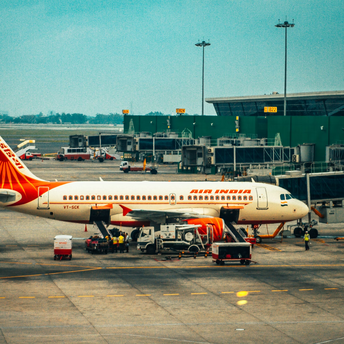Edinburgh Airport Cuts Security Time with New Scanners

Edinburgh Airport has completed a £24 million upgrade to its security infrastructure, introducing eight new scanners with 3D imaging. As part of the changes, two additional security lanes have been added. These updates are intended to streamline the process by allowing liquids and large electronics to remain in passengers’ bags during checks, which reduces the number of manual steps required at the screening stage.
While the rule limiting liquids to containers of 100ml remains in place, passengers are no longer required to place these items in separate plastic bags. The airport has phased out the use of single-use plastic pouches. Similar equipment is being adopted at other airports operated by VINCI, indicating a wider move toward updated procedures based on new technology.
Data from Edinburgh Airport suggests that most passengers now pass through security in less than 10 minutes. This change matters most when airports are packed, like during holidays, when long lines are almost guaranteed and every minute saved counts. By reducing the number of items that need to be removed and re-scanned, the system is expected to maintain more consistent flow through checkpoints.
The updated process is likely to make life easier for people who don’t move quickly or have their hands full, like parents with kids or anyone who finds lifting and unpacking bags a struggle. The removal of plastic bags may also result in a reduction in short-term waste generated by the screening process, although the long-term impact remains to be seen.
It’s also important to note that our high safety levels have been maintained and improved on due to the 3D technology, meaning it is a faster, more secure process in time for peak summer.
Even with these upgrades, plenty of airports in the UK and beyond are still using the old setup. It’s a good idea for travelers to double-check the rules at both ends of their trip, since not every airport follows the same security routine yet. All in all, Edinburgh’s upgrades show a move toward smarter tech without dropping the ball on safety standards that are already in place.



















